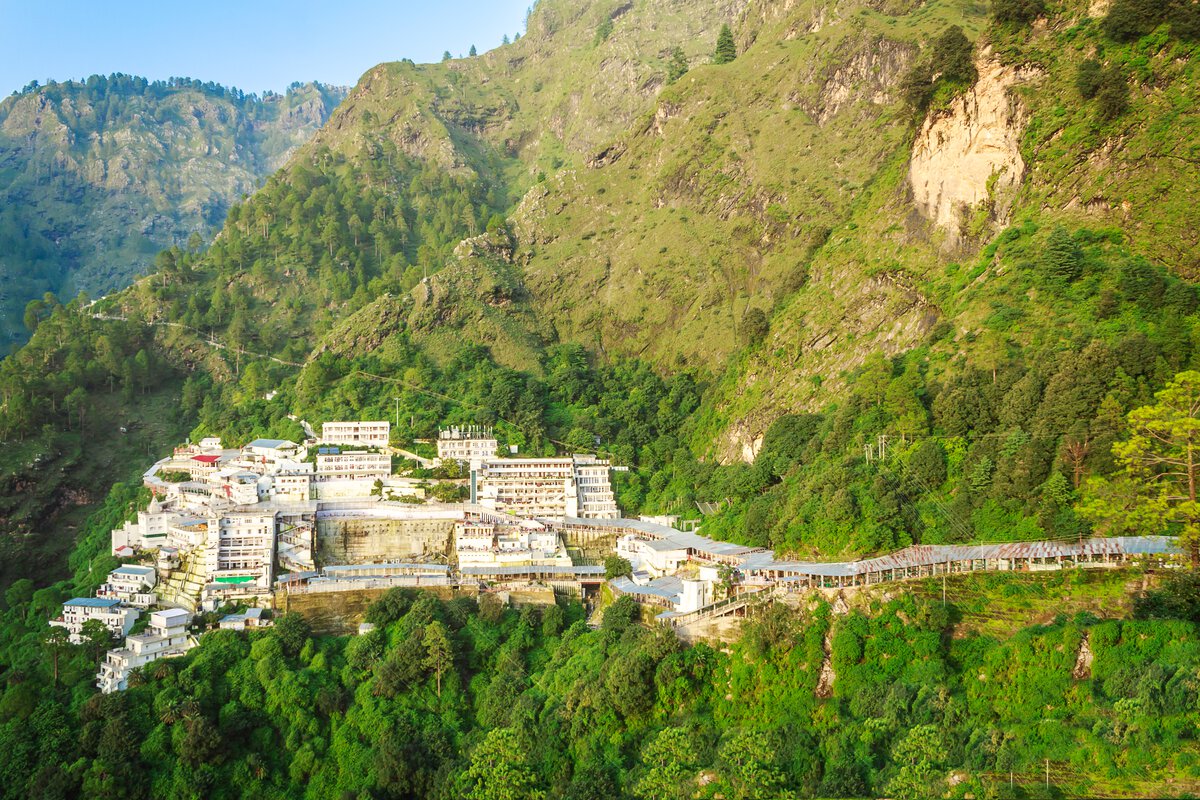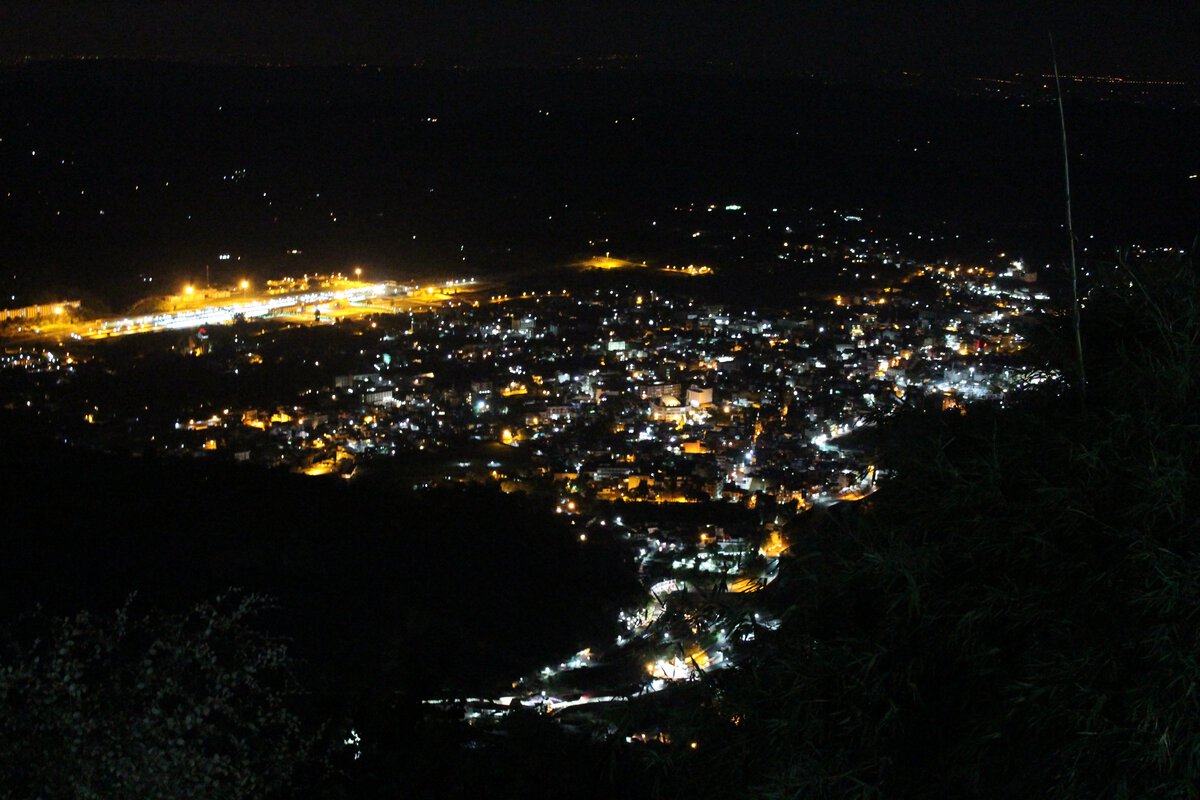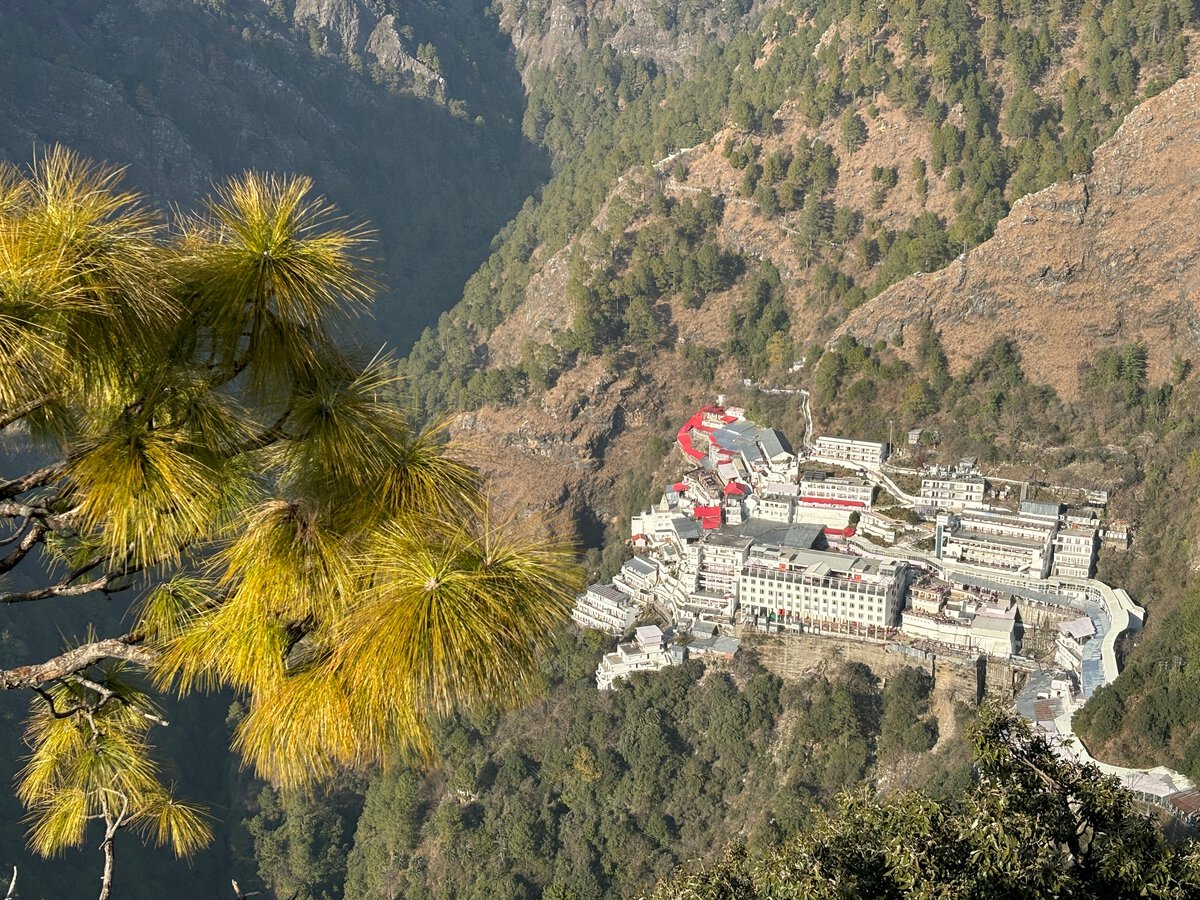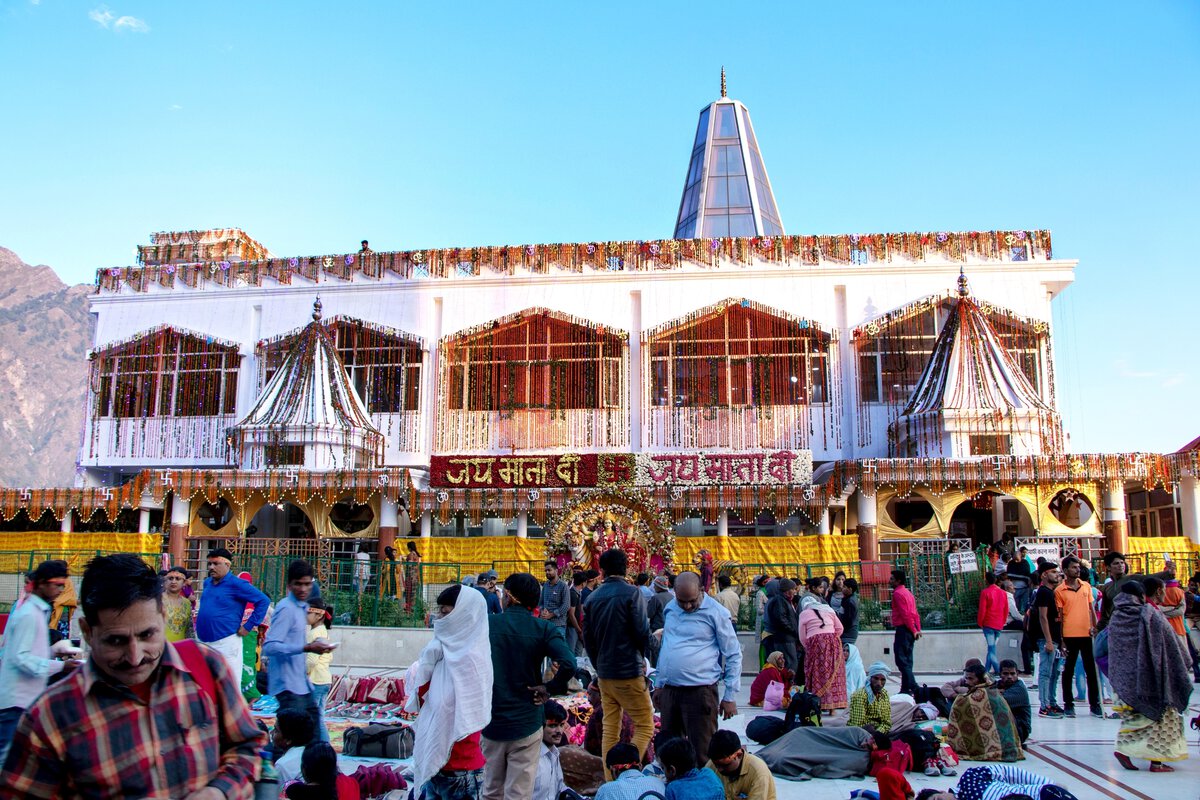March 24, 2025
Best time to Visit Vaishno Devi
CM Content Team
High in the Trikuta Mountains of Jammu and Kashmir lies Vaishno Devi, a sacred shrine where faith comes alive and prayers echo through the hills. Every year, millions of devotees make the holy yatra, believing that only those who receive Mata Rani’s divine bulawa are blessed to visit. The 13 km trek from Katra to Bhawan is not just a journey—it’s a spiritual awakening.
But many wonder: what is the best time to visit Vaishno Devi? Is there a best day to visit Vaishno Devi temple for a peaceful darshan? This guide explores the best season to go to Vaishno Devi, sharing how each month offers unique blessings, weather, and spiritual depth.
Understanding the Spiritual Significance of Vaishno Devi
Seasonal Guide: Best Season To Go Vaishno Devi
Is Vaishno Devi Ever Closed?
Best Day to Visit Vaishno Devi Temple
Best Time to Go to Vaishno Devi Based on Your Preference
Tips for Devotees Visiting in Any Season
Conclusion: When Faith Calls, the Mountains Answer

The shrine of Vaishno Devi is not merely a destination—it is a living embodiment of divine energy. Believed to be an incarnation of Goddess Lakshmi, Saraswati, and Kali, her sacred abode in the Trikuta Hills is where Shakti eternally blesses pure hearts. Devotees say that no one visits by chance; the best time to visit Vaishno Devi is when Mata Rani calls you from within. Every step of the yatra shifts you away from the material, allowing your mind to slow, your heart to open, and your spirit to connect with the Divine Mother.

While Mata Rani’s call can come at any moment, understanding the mood of the mountains across the year helps you choose the best time to go to Vaishno Devi based on your personal preferences. Each season offers a distinct blend of nature, weather, and spiritual energy that can transform your Yatra experience.
Chaitra Navratri (March–April): This is one of the best times to visit Vaishno Devi, as it marks the birth of Goddess Durga. The entire shrine is beautifully decorated with flowers and lights, and the air is filled with bhajans and chants. The energy is high yet heartfelt. Thousands of devotees climb with passion and prayers.
Travel Tips:
Verdict: Summer is the best time to visit Vaishno Devi for pleasant weather, clear skies, and vibrant devotion, especially during Chaitra Navratri. It’s the best season for families and first-timers to go to Vaishno Devi. Plan early, start treks in the morning, and enjoy the best time to go to Vaishno Devi.
Travel Tips:
Verdict: Monsoon may not be the best time for everyone to go to Vaishno Devi, as heavy rains can make the trek slippery and risky. Occasional landslides and roadblocks may delay travel, and helicopter services often get disrupted. While it's peaceful and ideal for experienced trekkers, the best time to visit Vaishno Devi might be in drier months.
Festivities in this season:
Travel Tips:
Verdict: Autumn is the best season to go to Vaishno Devi for pleasant weather, scenic beauty, and powerful spiritual vibes during Sharad Navratri and Diwali. With moderate crowds and a peaceful atmosphere, it’s often the best time to visit Vaishno Devi for those seeking a balance of devotion, comfort, and natural beauty.
Festivities in this season:
New Year (December–January): Many devotees begin the year by surrendering their wishes and prayers at Mata Rani’s feet. A large number of families visit during this time, creating a joyful atmosphere.
Travel Tips:
Verdict: Winter offers a peaceful and sacred atmosphere, making it the best time to visit Vaishno Devi for those seeking divine silence and snowy beauty. However, due to cold weather and snow-covered paths, it may not be the best time for everyone to go to Vaishno Devi. Plan wisely and travel prepared.
One of the most comforting facts for devotees is that Vaishno Devi Temple remains open throughout the year. Regardless of the season or weather, Mata Rani’s darbar welcomes all with open arms. While there may be brief suspensions due to heavy snowfall, landslides, or security protocols, these are rare and well-managed. Pilgrims are advised to check updates on the official Shrine Board website. Even in extreme cold, shelters and medical facilities ensure a safe yatra. So, if you're asking about the best time to go to Vaishno Devi in terms of accessibility, the truth is that every day is divine.

While the temple is open every day of the year, choosing the best day to visit Vaishno Devi temple can greatly enhance your spiritual experience. The right day can mean a calmer atmosphere, shorter queues, and a deeper connection with the Divine Mother.

When it comes to visiting Vaishno Devi, there’s no single answer to the best time to go there because every devotee’s journey is personal. Your ideal time depends on what your heart and body are seeking: serenity, celebration, good weather, or ease of travel.
Let’s break it down based on individual preferences:

In truth, the best time to visit Vaishno Devi is not marked by a calendar date, a festival, or even perfect weather. It is defined by that quiet whisper in your soul—the moment when you feel Mata Rani’s divine call. That is the real beginning of your yatra.
Every season brings its own special blessing: spring brings celebration, summer carries the joy of community, monsoon offers peace and solitude, autumn unveils beauty, and winter surrounds you in sacred silence. Whether you plan your trip on a quiet weekday in February or during the vibrant Navratri in October, the best time to go to Vaishno Devi is when your heart is open and ready. So, prepare with devotion, walk with faith, and return spiritually renewed.
Mahindra Holidays & Resorts India Ltd. (MHRIL), a part of Leisure and Hospitality sector of the Mahindra Group, offers quality family holidays primarily through vacation ownership memberships and brings to the industry values such as reliability, trust and customer satisfaction. Started in 1996, the company's flagship brand ‘Club Mahindra’, today has over 290,000 members , who can holiday at 140+ resorts in India and abroad.